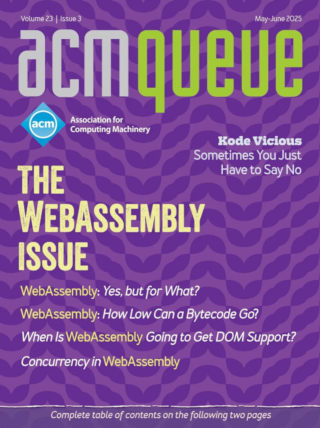
Securing the Network Time Protocol:
Crackers discover how to use NTP as a weapon for abuse.
In the late 1970s David L. Mills began working on the problem of synchronizing time on networked computers, and NTP (Network Time Protocol) version 1 made its debut in 1980. This was at a time when the net was a much friendlier place - the ARPANET days. NTP version 2 appeared approximately a year later, about the same time as CSNET (Computer Science Network). NSFNET (National Science Foundation Network) launched in 1986. NTP version 3 showed up in 1993.
META II: Digital Vellum in the Digital Scriptorium:
Revisiting Schorre’s 1962 compiler-compiler
Some people do living history -- reviving older skills and material culture by reenacting Waterloo or knapping flint knives. One pleasant rainy weekend in 2012, I set my sights a little more recently and settled in for a little meditative retro-computing, ca. 1962, following the ancient mode of transmission of knowledge: lecture and recitation -- or rather, grace of living in historical times, lecture (here, in the French sense, reading) and transcription (or even more specifically, grace of living post-Post, lecture and reimplementation).
Model-based Testing: Where Does It Stand?:
MBT has positive effects on efficiency and effectiveness, even if it only partially fulfills high expectations.
You have probably heard about MBT (model-based testing), but like many software-engineering professionals who have not used MBT, you might be curious about others’ experience with this test-design method. From mid-June 2014 to early August 2014, we conducted a survey to learn how MBT users view its efficiency and effectiveness. The 2014 MBT User Survey, a follow-up to a similar 2012 survey, was open to all those who have evaluated or used any MBT approach. Its 32 questions included some from a survey distributed at the 2013 User Conference on Advanced Automated Testing. Some questions focused on the efficiency and effectiveness of MBT, providing the figures that managers are most interested in. Other questions were more technical and sought to validate a common MBT classification scheme. A common classification scheme could help users understand both the general diversity and specific approaches. The 2014 survey provides a realistic picture of the current state of MBT practice. This article presents some highlights of the survey findings.



